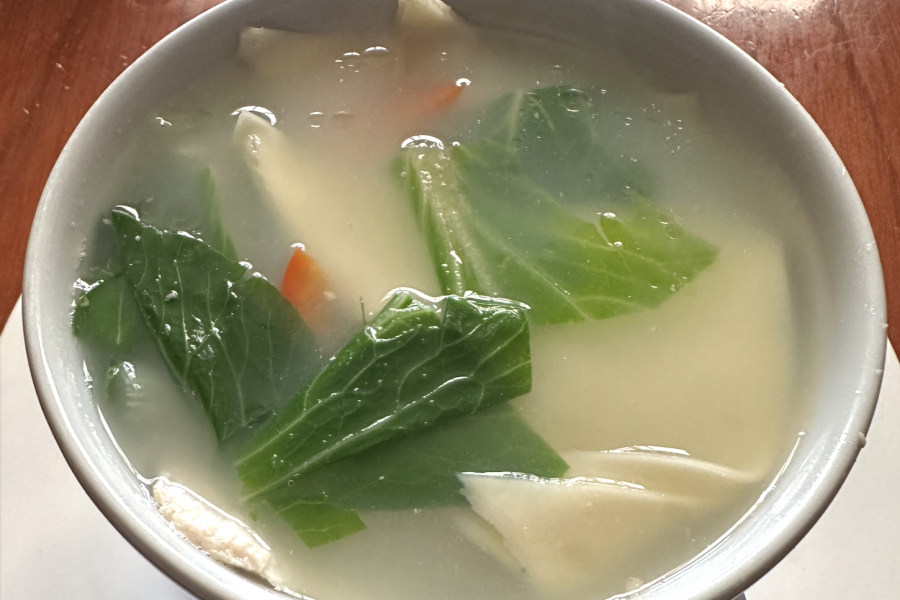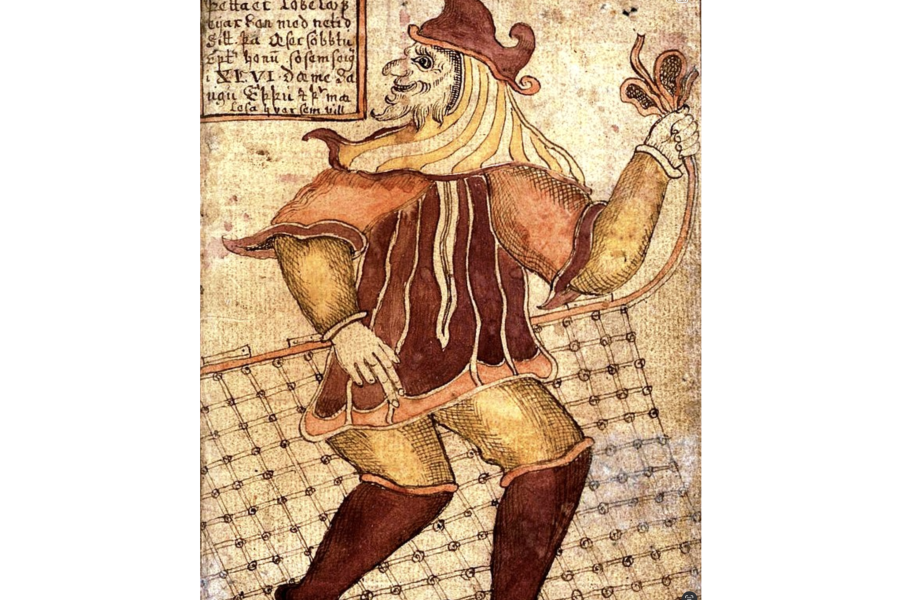Skimming Mountain Tops
Country
Before getting far from Huancayo I stopped for gas, then shortly afterward in a small town called Pampas for lunch at a Chifa (Chinese-Peruvian fusion) restaurant. Chifa is mostly Cantonese with a distinctly Peruvian twist. Wonton soup is a favorite of mine and it is just a little bit different than the soup we get back in the US.
Back on the motorcycle, I fired up the GPS. Loki outlined a road and I went on my merry way, soon I was skimming along one mountain ridge to another. The view was fantastic and got more impressive as the late afternoon light kissed the distant mountain range. The road degraded from asphalt to gravel, with intermittent sections of washboard that didn’t spark joy. I greatly enjoyed the Honda XRE 300, but it’s not the ultimate motorcycle for absorbing the hammering of washboard roads.
I fired up my trustee GPS and a route to Cusco was returned. The GPS earned the name Loki, the trickster God of Norse mythology, for good reason.
Loki's relation with the gods varies by source; he sometimes assists the gods and sometimes behaves maliciously towards them.
~Wikipedia
Yes, I had a wonderful set of maps in my luggage for EVERY country on my itinerary, except Paraguay, which I planned to cross in a few days. No map required. With maps safely packed away, my daily go-to navigation tool is an outdated Garmin Zumo 550. Turn by turn, it’s great technology and a valuable tool for navigating the unknown. That said, I caution my gentle reader when using one. Being a machine, a GPS faithfully returns directions based on exactly what you have asked with the mapping data stored, then follows rules of logic known only to its creator and the user-entered, often forgotten, navigation preferences. A GPS does not provide advice or give local insight.
Ask the clever device how to get from point A to B, and you’ll get an answer. In this case, my current location is central Peru. The desired destination is Cusco, near the southeastern corner of the country. The shortest route was the user-managed preference, and Loki cheerfully gave me a path. Did Loki take me aside and lay out options? Was the rural or scenic route my desire? Did I prefer asphalt or gravel? Loki was silent on these matters.
In retrospect, I learned from Google Maps there are no less than three roads called PE-3S; they run roughly parallel to one another, in a twisty mountain road fashion. Some sources label the northern road that my dear GPS suggested, PE-3SD. Much, much, later I learned the “D” stands for Department Road.
“Departmental roads branch off from the main national highways to provide access to smaller towns and areas within that department.”
Congratulations! I took the secondary or back road. It’s not that I mind riding off the pavement, it’s more that over several trips I have seen a fair amount of Peru and I was eager to cross into Brazil. For those that find route labels interesting, if the name has an “M” then the road was built and maintained for mining. For many riders, the notion of taking a mining road will either delight or frighten them. Flashforward ~5 months, the "middle" PE-3S was selected on the return leg. Yes, there were more stretches of paved road, but it was far from a super highway. I knew the job was dangerous when I accepted it.
As the late afternoon unfolded it was clear I wasn’t going to find lodging or gas if I continued hugging mountain tops. Exploring the options with a GPS can be tricky. A dot on the map, even if it has a name, doesn't mean there is a significant village. I look for a dot that draws several blocks after zooming in; any of the blocks may have a bed with my name on it. Dropping down from the ridge road and a few dozen twists and turns later, the mountain town of Paucarbamba appeared. The first task, fuel up. Why? In the morning a gas station may have no fuel left or the power may have gone out, and the pumps need electricity. The same concept applies to taking a shower. Freshen up and fuel up before turning in for the night.
The hotel of the day didn’t have secure parking. I stripped all of bags and pannier off the bike, then secured the front wheel with a strong lock and formidable cable. The bike was parked on the main square and Paucarbamba is a sleep mountain village, so I wasn’t too concerned. When checking in, the hotel clerk asked if I was a geologist. They must get a lot of miners passing through. A sign in the bathroom led me to believe mining crews may not be completely house-trained. The sign listed “fines” for various unsanitary offenses, such as bad aim in and around the toilet.
With pannier frame repair causing a late departure from Huancayo I wasn’t breaking land speed records traversing Peru, but I was making progress.



